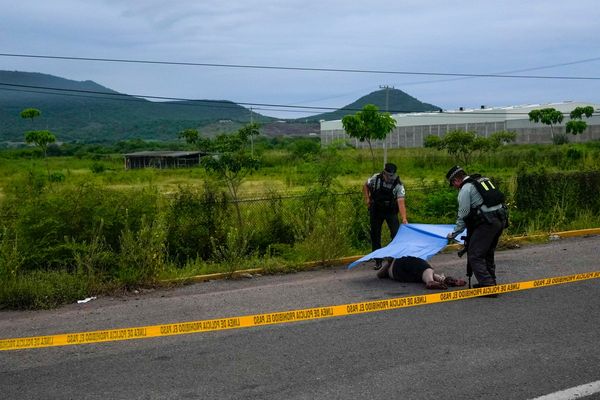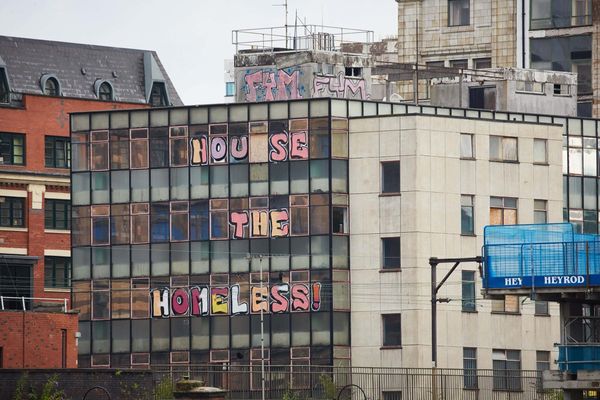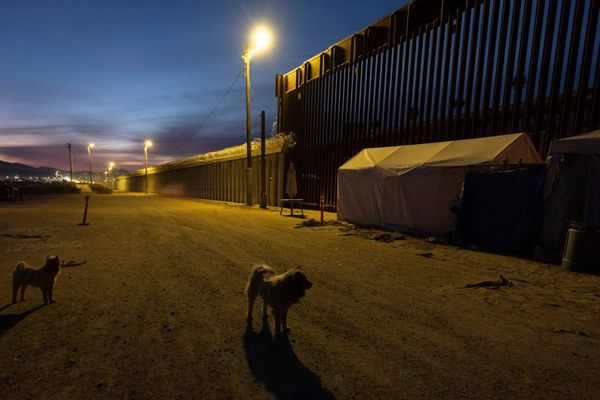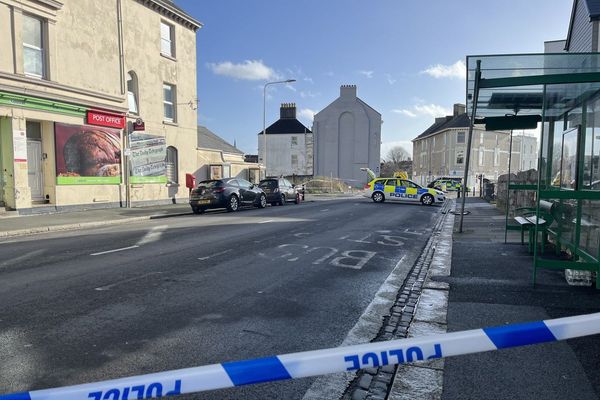With Cyclone Tauktae expected to make landfall in the coastal parts of Gujarat and Maharashtra soon, medical oxygen producers in the region are worried about possible power cuts that will impact output and the Centre has been requested to help with routing back-up supplies from the eastern parts of India to the two States.
Top officials from Gujarat and Maharashtra said contingency plans are in place at COVID-19 facilities and hospitals, including stockpiling medicines, oxygen cylinders and making adequate power back-up operational, to cope with any disruption that the cyclone may cause for a couple of days. However, they have mooted alternate arrangements if the disruption lasts longer.
“We mentioned this in the meeting with the Home Minister as well. A lot of oxygen comes [to Mumbai and Maharastra] from Jamnagar. That area is also likely to be affected by the cyclone. So whatever oxygen we get from there every day, in case of disruption, we request the government of India to get us oxygen from Bhilai or the eastern parts,” said Aseem Gupta, Principal Secretary, disaster management, in the Maharashtra government.
Commerce, Industry and Railways Minister Piyush Goyal, who chaired a meeting to review the cyclone preparedness in the two States and Goa, asked Railways officials to keep some back-up arrangements for supplying oxygen from Eastern India to Gujarat and Maharashtra, should the need arise.
“We have to monitor this closely on a minute-to-minute basis,” he said, adding that the Railways should also be in touch with Mumbai Municipal Commissioner IS Chahal to ensure critical oxygen supplies are unaffected by excessive rainfall or flooding.
A top official from Linde India said a number of air separation units (ASUs) around Mumbai, Pune and coastal Gujarat are supplying medical oxygen across the two States, which appear within the cyclone’s impacted areas.
“I hope the power supply lines remain stable and there are no disruptions to the ASUs. Because if they trip, they typically take 12-15 hours to come back online,” he said.
Inox Products managing director Siddharth Jain also said the single most critical factor for medical oxygen producers is power supply. “There could be disruptions in power — even a minute voltage dip could cause a disruption for at least 6-8 hours,” he said.
Acknowledging that power supply will be a key focus area for the disaster management authorities, Mr. Goyal said keeping power lines on may be difficult due to other associated risks such as fires.
“...So we will have to switch off power, but how quickly we can get it back after testing, will really be an important element. I am sure our engineers from the national and State power grids will be on top of it in consultation with the Meteorological Department so that at the right time, they can switch off power lines,” he said.
While both Gujarat and Maharashtra have kept teams on standby to clear any debris that may block roads after the cyclone’s landfall, especially on the routes plied by oxygen tankers or leading to hospitals, Mr. Gupta also urged the Centre to help ensure tankers’ movement is not affected too much by the cyclone.







